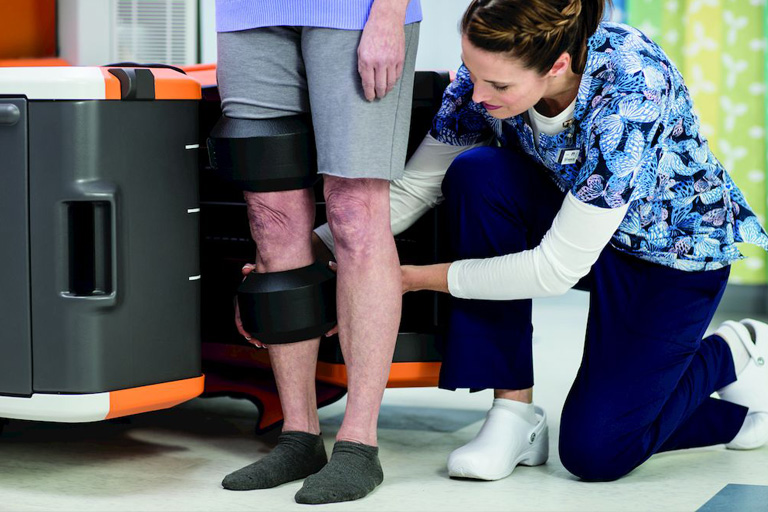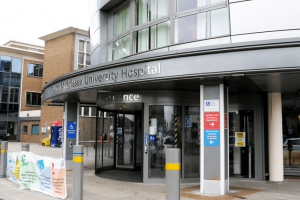A shorter immobilisation period could be easier for patients and help to reduce costs
Wearing a cast or ankle support for three weeks may be no worse than the usual six weeks for healing ankle fractures, suggest the findings of a randomised controlled trial published in The BMJ today.
The healing process after 3 weeks was just as successful compared with conventional therapy of six weeks, without any added harms.
Recent studies have looked at different methods for non-operative treatment of fractures, but due to the lack of high-quality evidence, wearing a cast for six weeks remains the accepted treatment.
But there are risks associated with prolonged immobilisation, including stiffness, skin damage and blocked blood vessels.
So researchers in Finland investigated whether a shorter treatment period of 3 weeks could safely match the results of 6 weeks when treating the most common type of ankle fracture (Weber B-type).
The trial was conducted at two major trauma centres in Finland between 2012-2016, and included 247 participants aged 16 and above, with an average age of 45.
Around half of the participants were male (51%) and all had sustained stable ankle fractures (fractures that don’t require surgery), which were confirmed by an external-rotation (ER) stress test.
The participants were randomly allocated to a treatment group: 84 people had the conventional six week cast, 83 people spent three weeks in a cast, and 80 people wore a simple ankle brace for three weeks.
They had follow up appointments at 6, 12 and 52 weeks to measure ankle fracture symptoms using the Olerud-Molander Ankle Score (OMAS), where higher scores indicate better healing.
The researchers also assessed ankle function, pain, quality of life, ankle motion and x-ray results, and they looked at harms by asking the patients to describe any negative effects of the treatment.
At the year follow-up, the mean OMAS scores for the groups showed that the 3 week periods were no worse than the six weeks, with the 3 week cast and device groups scoring 91.7 and 89.8, respectively, compared with 87.6 in the six week group.
The researchers also noted a slight improvement in participants’ ankle mobility in the 3 week ankle brace group, compared with the 6 week group.
But no other significant difference was found between the groups with regard to harms.
The authors highlight some limitations of the study, such as the question around the generalisability of their findings, and they cannot rule out the possibility that other unmeasured factors may have had an influence.
However, they point out that the findings were similar after accounting for patient differences and after further analyses to test the strength of the results.
What’s more, they say the results of the trial are applicable to most patients with this type of ankle fracture, because “both study hospitals were virtually the only hospitals treating ankle fractures within their catchment area.”
And although the ER stress testing used to assess the initial stability of the fracture is not used universally, the authors say that their findings “make a strong case for wider adoption of ER stress testing in this setting.”
With stable ankle fractures not requiring surgery, shorter and more convenient strategies could result in successful fracture healing, they conclude.




































